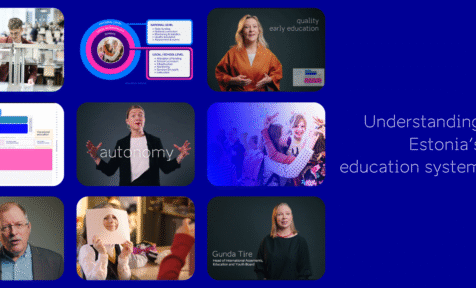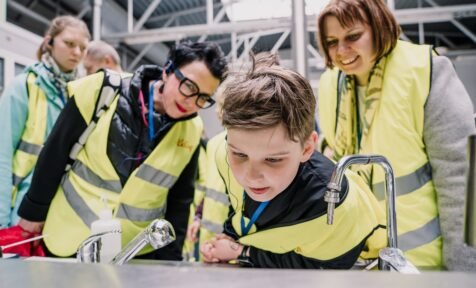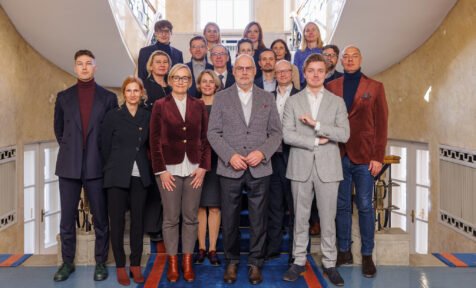‘We have been preparing for a long time to switch teaching to Estonian. This aims to give all children the chance to get a quality education in Estonian, create equal job chances, and improve how well we all get along,’ says Ingar Dubolazov, head of the transition to teaching in Estonian at the Ministry of Education and Research.
The switch to Estonian education will start in kindergartens and basic school first and fourth grades this September and will last until 2030. It is the final step in a long and gradual process that started after Estonia regained its independence.
The transition to teaching [only] in Estonian have been planned over 30 years. Language-based segregation causes social scission, which in turn results in discernible inequality. But a universal Estonian-language education environment will ensure all children and youths have the best opportunities for continuing their studies, finding work and interesting activities. An Estonian education system also supports the formation of an Estonian state identity.
PISA highlights the impact
Recent PISA test results show that schools that teach in Estonian did better than those with Russian as their study language. The results also suggest that basic education in Russian is a full academic year behind its Estonian counterpart, which has been the situation for years.
The gap between Estonian and Russian schools is also evident in state examination statistics. Poorer academic performance coupled with a modest level of Estonian is a serious obstacle for children from families that do not speak Estonian as the first language in getting into high school or university, which works to boost educational and social segregation.
Transition in line with parents’ preferences
In recent years, the number of non-Estonian speakers enrolling in Estonian schools has been increasing steadily. Estonia’s recent integration monitoring showed that the Russian-speaking community supports the education reform. The transition was supported by 70 percent of Russian-speaking respondents. This comes to 96 percent among Estonians, with 70 percent completely supportive of the government’s decision.
The results of a public opinion poll from December 2023 show that 75 percent of all respondents feel that the transition would offer all children in Estonia, irrespective of their first language, equal opportunities to obtain a quality Estonian education. This confirms that the transition meets parents’ expectations.
A united effort
To make sure what is among the most ambitious education projects in decades succeeds, we must make a concentrated effort. Management to facilitate teachers learning Estonian and attending additional language training has an important place. Schools and kindergartens must have supportive work environments, with managers responsible for serving as an example by speaking good Estonian and supporting their teachers. Local governments must also play their part and have qualified people who speak the official language in charge of educational institutions.
You can read Ingar Dubolazov's full article on ERR News.
Summary: Transition to Estonian
The transition to Estonian-language education begins in kindergartens and grades 1 and 4 in September 2024 and is expected to last until 2030.
Estonia aims for a seamless shift to teaching all subjects in Estonian across all educational levels to provide all children, regardless of their mother tongue, the opportunity to acquire a high-quality education in Estonian.
Teachers will still need the same level of Estonian language skill. For many years now, they have been required to have the B2 or C1 proficiency level in Estonian, depending on the post they hold.
The Estonian state offers all parties involved in the transition a wide range of support to ensure a smooth transition. For example, in Ida-Viru County, where the problem is the biggest, the state have implemented regional measures like higher minimum wage for teachers both in schools and preschools.
How is the student’s native language supported?
Students from non-Estonian speaking homes who are enrolled in schools with full Estonian instruction may choose to learn their native language and culture from the first grade. For them, two hours each week are dedicated to courses in native languages and cultures, aimed at enhancing the students' language abilities and cultural connections.
The school must provide this option if there are at least ten students with the same linguistic background. If not, families are encouraged to reach out to national minority associations for support, and the Ministry of Education funds education in native languages and cultures through hobby schools.
Additionally, there is also an option to replace the second foreign language course with native language and cultural studies.



